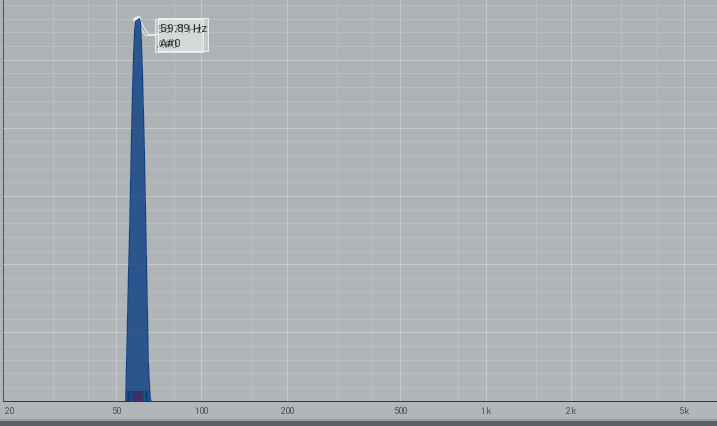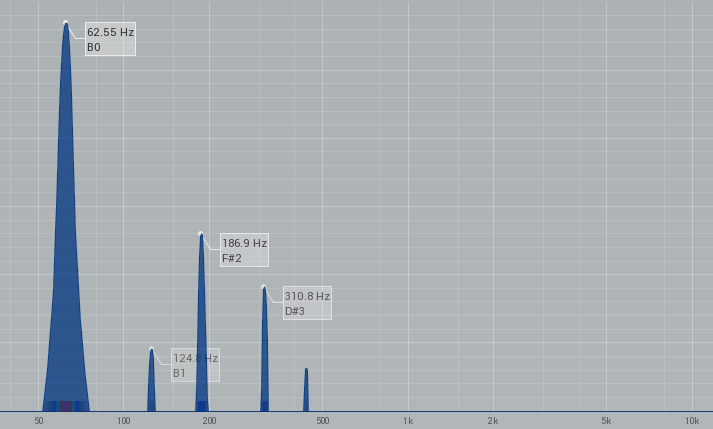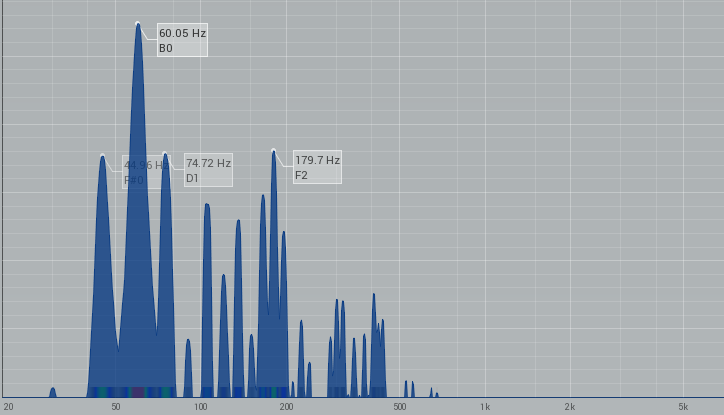My first couple of days back in the office, and things seem pretty okay. The initial weirdness wasn’t Covid-related anxiety, but lots of little things like the chair, keyboard, going back to dual LCDs instead of one ultrawide, and really: the fact that nobody was talking much. It felt quieter at the office than it does working from home, where there’s the dogs and the aquarium and the AC unit outside the window, and me talking to myself and sometimes Alisha playing a game or watching videos or commenting on stuff.
I don’t think there’s any real benefit to working at the office, in terms of actual job stuff. On a personal level, it was kind of nice to have bookends to the day, a better place to walk around during breaks, and I guess the chair is a little better than the one I have at home. But being in the office is kind of a performance, and I somewhat missed not having to do that. There’s also dealing with the warm drinking water, public-ish restrooms, having to refrain from talking to myself too much and swearing at the computer, etc. So it’s mixed.
As far as the other stuff goes: after the general dev meeting and my performance review, things are a bit more straightened out. S. (the product team lead) and K. (the supervisor who’s leaving) asked whether I wanted to pretty much keep a similar role to what I have been. There were already plans to change a few things in the process and distribute/delegate some of the responsibilities. It sounds like I’ll be making a few task assignment decisions but won’t really be a “supervisor” in an administrative sense. Good! I’ll also probably be picking up a contract that involves a medical diagnostic application for our software — which will involve updating some 20+ year old code so it can run on Windows 10. So that’s cool.
My fancy music library sync plan is foiled because Veracrypt mounts the USB drive as FAT32 format, while Icedrive sync requires NTFS. So I’ll have to do my syncing a bit more manually, either mounting Icedrive or just bringing the stick home to sync. No big deal.
The VHO does not have the immediate wow factor of many of my other oscillators — it seems a little bit plain at first, although certainly with some character. But a little modulation here, a little combination of its outputs there, and it can really come alive.
The higher partials are not just weirdly shaped sines as if waveshaping is a little off, but contain a lot of other harmonic content in themselves.
This is the spectrum of a 60hz sine from Shapeshifter — you couldn’t ask for a more ideal sine wave.

This is what Blades looks like when it’s resonating at 60Hz. (Well, 62.55 because I didn’t get that picky about tuning it.) There’s a little harmonic distortion there; you can see a touch of the second harmonic, a bit more of the third and fifth.

This is the VHO’s first partial output, with the core tuned to 60Hz. You can see there’s a bit more distortion or stuff “leaking” into the output maybe.

Here’s the 4th partial, with the core frequency dropped two octaves to 15Hz to compensate. Trying to decode this a little, it looks like other partials are getting into the signal and there’s also harmonic distortion of the one we’re trying to monitor.

And here’s the 8th partial, with the core frequency dropped another octave down to about 7Hz. Some of what we’re seeing here must be harmonic distortion of the lower partials, and… it all gets pretty crazy honestly. But it has harmonics in common and therefore sounds pretty great when run through further distortion.

A fun thing to do is to take one of the partial outputs, or the triangle or saw, and the “final” mix output and combine them in something like a ring modulator, FM Aid, comparator etc. while modulating the scan/tilt or individual partial levels. The first output gives it some stability and the second some timbral variance. You can achieve things not entirely unlike formant filter sweeps this way, but weirder.
Some of Behringer’s recent antics got me thinking about replacing my audio interface, just to be done with that company entirely. I realized there’d be an actual benefit, because the Focusrite Scarlett 18i20 3rd gen has much less latency, can run at much higher sample rates (if I weren’t tied to 48kHz max by the ES-3/ES-6) and has better analog parts. (The UMC1820 was almost certainly Behringer’s clone of the 1st generation 18i20, but a little bit lesser.) So I went for it. And it’s pretty nice overall — it’s not running anywhere near as warm (possibly due to the larger, metal casing acting as a heat sink, but more likely due to higher quality overall) and even just listening to music, I feel like the headphone amp is better.
But…
I’m getting crackling on the ADAT inputs from the ES-6. A couple of channels will crackle every few seconds when silent, but all of them when there’s a signal. It doesn’t seem to depend on any of the settings that I can find. It seems like it might be a clock problem, but I’m not sure what I can do about that. The ES-3 gets its clock solely from the ADAT signal over the optical Toslink cable, so it relies on the interface’s internal clock. The ES-6 gets its clock from the ES-3 via a ribbon cable on the back, and then its own Toslink cable goes into the interface’s input. I get the crackling whether or not I set the 18i20 to internal or ADAT clocking. So… hmmm. It could be a dodgy optical cable I suppose.
I’ve written both to Focusrite and Expert Sleepers to see if they have advice. I really want to use this thing; I’m getting latency so slow it’s hard to hear without setting up tests specifically for it, and I suspect my occasional random glitching days are over if I can straighten out the lots-of-glitches I’m getting right now.
